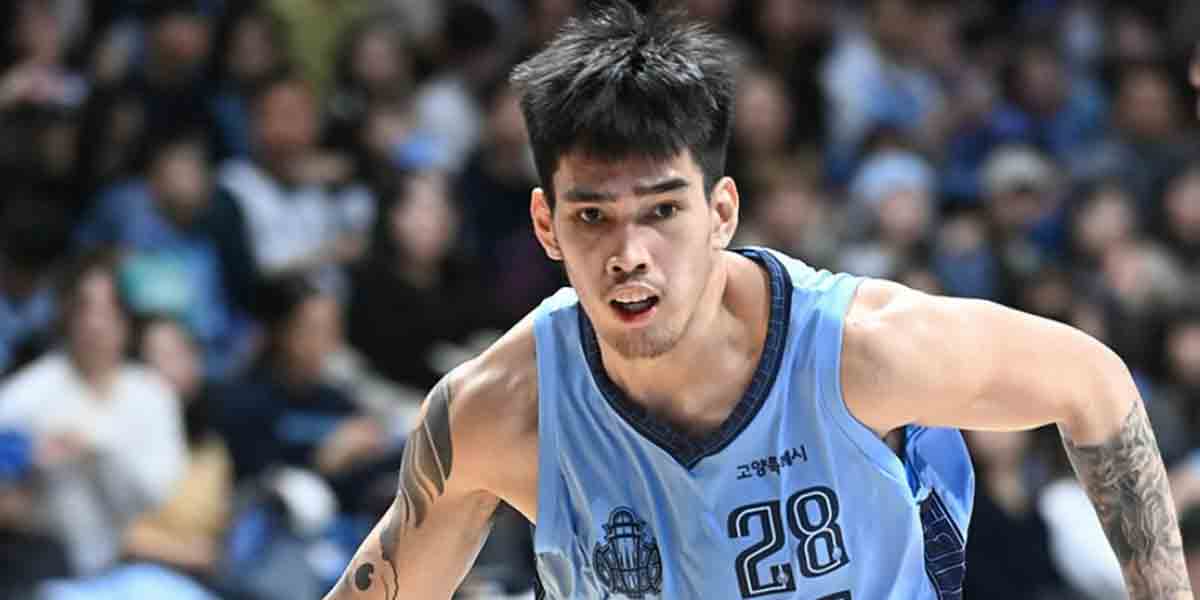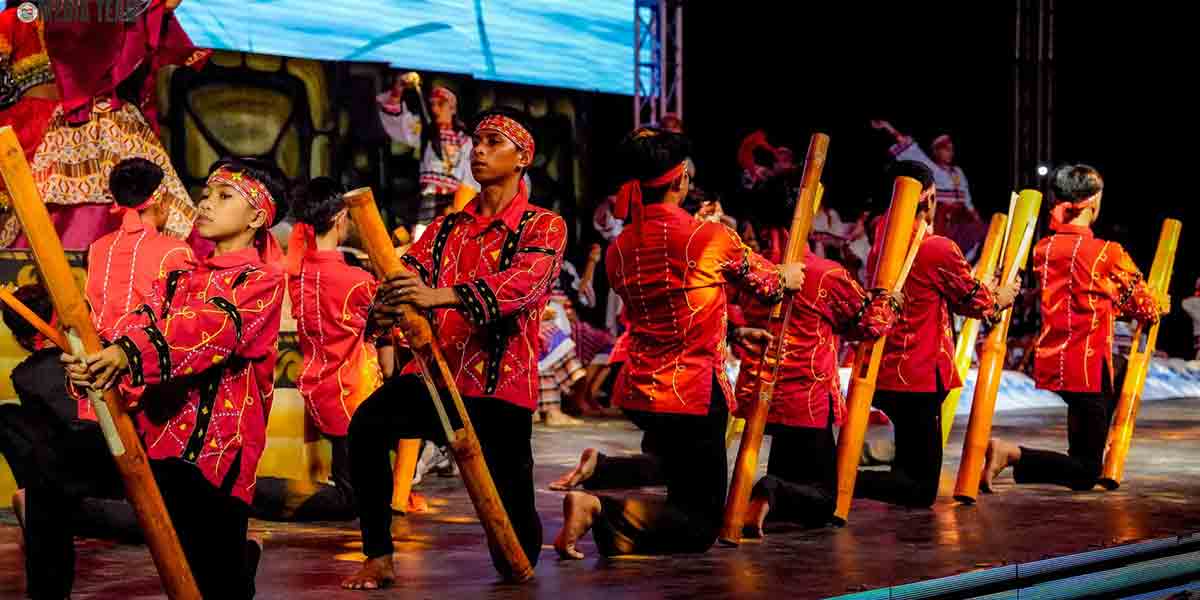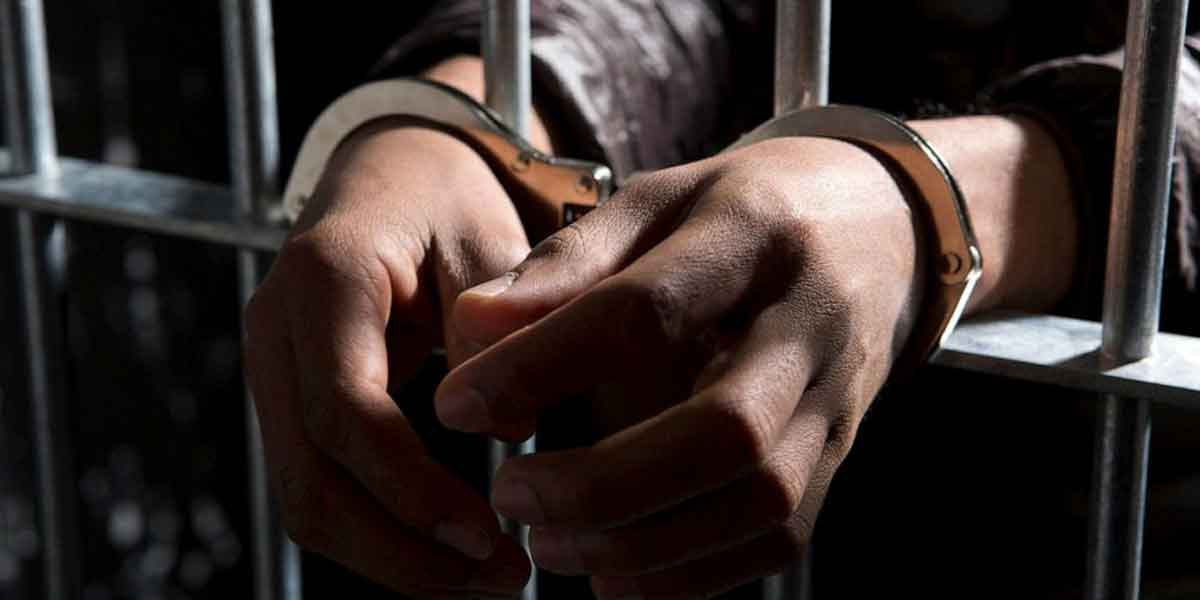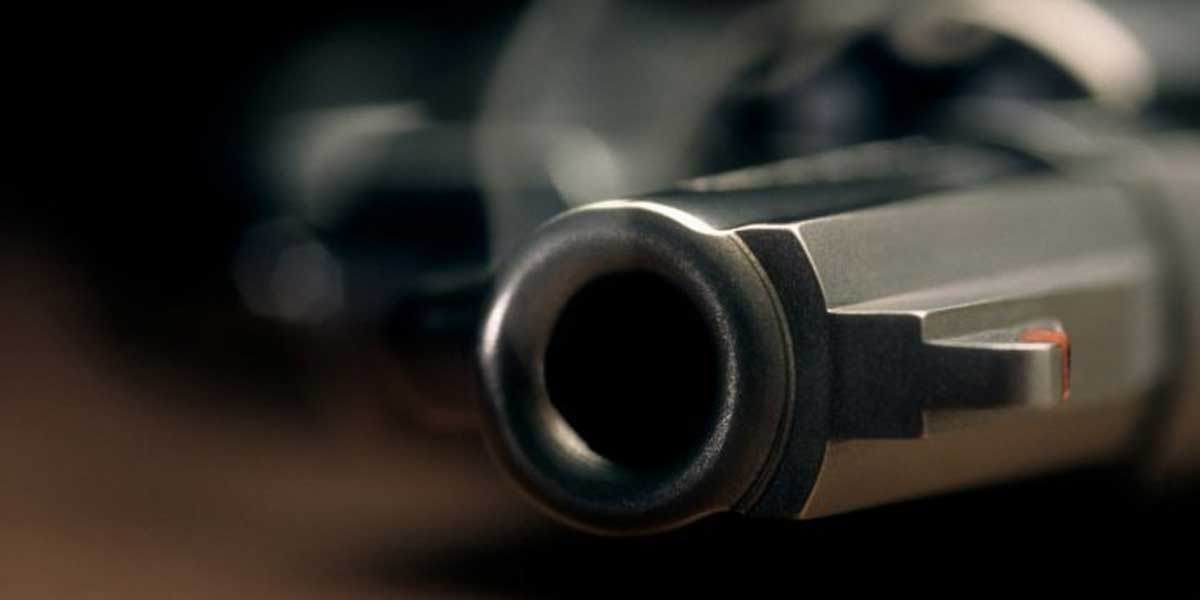By Herman M. Lagon
THE DINAGYANG Festival we now celebrate is a testament to the profound spirituality deeply embedded in the Ilonggo soul. In honor of the Santo Niño (Holy Child Jesus), this event is a spectacle of colors, sounds, and a profound expression of religious fervor and unity.
Rooted in the veneration of the Santo Niño, the Festival blends historical and spiritual elements. The rhythmic beats of drums, the swaying of bodies painted in vibrant hues, and the chants echoing through the streets transcend performance; they are acts of worship, a community’s collective expression of gratitude and devotion. The dances, steeped in history, recount the conversion of indigenous people to Christianity, symbolized in the lively steps and jubilant cries of “Viva Señor Santo Niño!”
Each dancer, adorned in elaborate costumes reflecting traditional tribal wear, partakes in a sacred act. Their movements are prayers made visible, embodying inner faith. The Festival bridges the earthly and the divine, transforming streets into spaces of spiritual encounter.
55-year-old Dinagyang fosters reflection and communal bonding, reminding participants of the universal call to faith and brotherhood. It strengthens a sense of belonging, where individual stories intertwine within a shared narrative of beliefs and traditions. It is a pause from daily life to reconnect with spiritual roots.
The Festival serves as a living museum, a vibrant exhibition of faith and the identity of the Filipinos, in general, and the Ilonggos, in particular. It educates the younger generation about solidarity, respect, and reverence. Dinagyang reminds us of the enduring power of tradition and faith amidst modernity.
Critics may view Dinagyang as a commercial spectacle, but this overlooks its profound spiritual significance. The Festival is a living testament to the enduring nature of faith in our culture, weaving through history, tradition, and modern life.
The theme “Pagdayaw kay Señor Sto. Niño, Padayaw sang mga Ilonggo! (Praise to Señor Santo Niño, the Ilonggos’ dance of joy!)” encapsulates the Festival’s dual nature. It is a declaration of reverence for a religious icon and a celebration of vibrant culture.
Nonetheless, the religious schedule of the Festival reinforces its spiritual essence. Its highlight days begin with a Fluvial Procession along the Iloilo River on January 26, where replicas of the Santo Niño are paraded, setting a spiritual tone. A solemn foot procession follows this and the Dinagyang ILOmination Streetdance Competition and Floats Parade of Lights. On January 27, the Street Dance Parade and Sadsad sa Calle Real take place, culminating in a Kasadyanhan sa Kabanhawanan and a grand religious procession at San Jose Parish Placer. The Festival concludes with a Concelebrated High Mass on January 28, followed by the Ati Competition, affirming its religious significance. The Kasadyahan and the Ati Festivals, significant parts of the weeks-long Dinagyang celebration, inherently feature performances with religious themes.
Dinagyang, thus, stands as more than a Festival. It is a testament to the Ilonggos’ faith, a ‘dagyang’ dance of devotion, a celebration of our rich heritage, and a symphony of souls united in worship. As the drums beat and the crowd chants, Dinagyang remains a powerful reminder of the enduring spirit of the Ilonggos, our resilience, joy, and unshakeable faith.
***
Doc H fondly describes himself as a ‘student of and for life’ who, like many others, aspires to a life-giving and why-driven world that is grounded in social justice and the pursuit of happiness. His views herewith do not necessarily reflect those of the institutions he is employed or connected with.
























